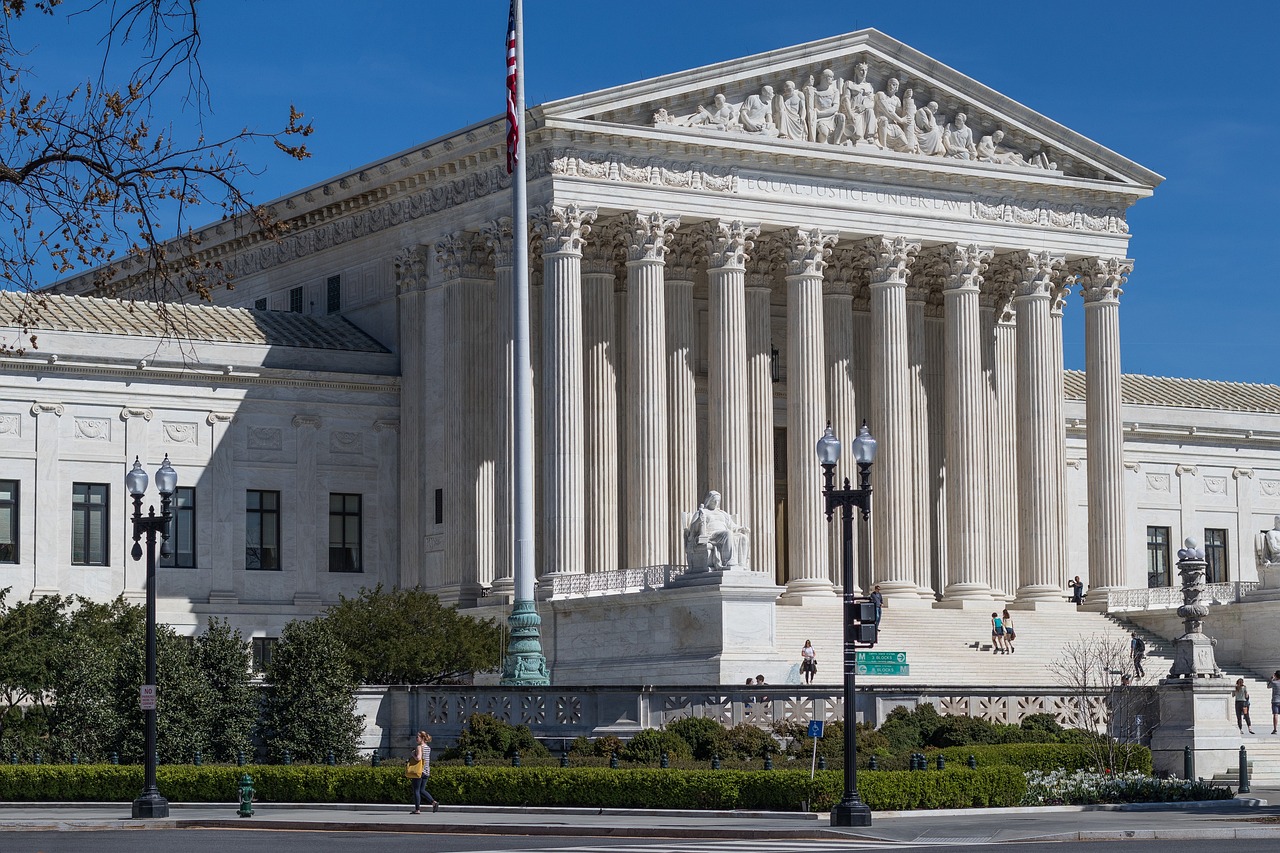US Supreme Court Justice Samuel Alito issued an order Friday lifting a stay placed on a rule regarding “ghost guns” from the Bureau of Alcohol, Tobacco, Firearms and Explosives (ATF) by the US District Court Northern District of Texas. “Ghost guns” are weapons parts kits that can be put together to create a gun without having to register the firearm.
Alito wrote that judgment of the lower court was, “[H]ereby administratively stayed until 5 p.m. (EDT) on Friday, August 4, 2023.” Alito’s order comes after Solicitor General Elizabeth Prelogar filed an emergency application to end the lower court stay. In the application, Prelogar wrote:
[E]very day that the vacatur is in place is another day that untraceable ghost guns are entering circulation, often through sales to prohibited persons…Particularly on an urgent public safety issue of national importance, a single district judge should not be allowed to dictate universal policy for such an extended period absent this Court’s review.
The case, Vanderstock v. Garland, has been winding its way through the federal court system since the rule’s final adoption in April of 2022. Several gun owners and manufacturers allege that the “ghost gun” rule goes beyond the scope of the ATF’s jurisdiction under the National Firearms Act and the Gun Control Act. The district court agreed, hinging its ruling on the rules regulation of items that are not yet firearms, stating, “Because the Final Rule purports to regulate both firearm components that are not yet a ‘frame or receiver’ and aggregations of weapon parts not otherwise subject to its statutory authority, the Court holds that the ATF has acted in excess of its statutory jurisdiction by promulgating it.”
“Ghost guns” have become a growing concern in the US. According to the White House and ATF, in 2021, 20,000 “ghost guns” were recovered by law enforcement. This is a tenfold increase since 2016. “Ghost guns” can be assembled via kits, or the gun parts can be 3D printed and put together to create the firearm. These weapons do not have serial numbers, and the government has no effective way of tracking them. Before the 2022 rule from the ATF, they were subject to no regulation as they are not yet guns, merely parts. The 2022 rule from the ATF seeks to regulate “ghost guns” similarly to how it regulates regular firearms.
The plaintiffs will now have until August 4th to submit a response to the Supreme Court.


